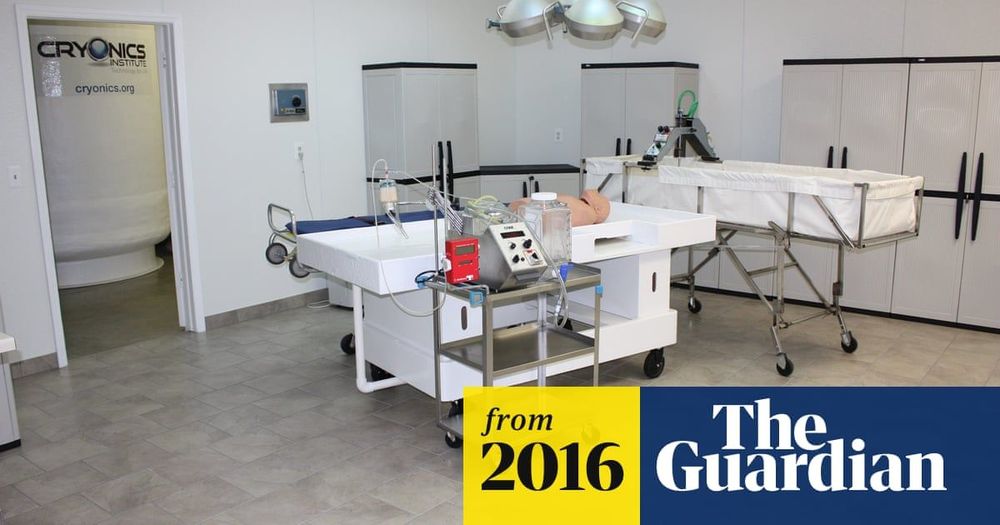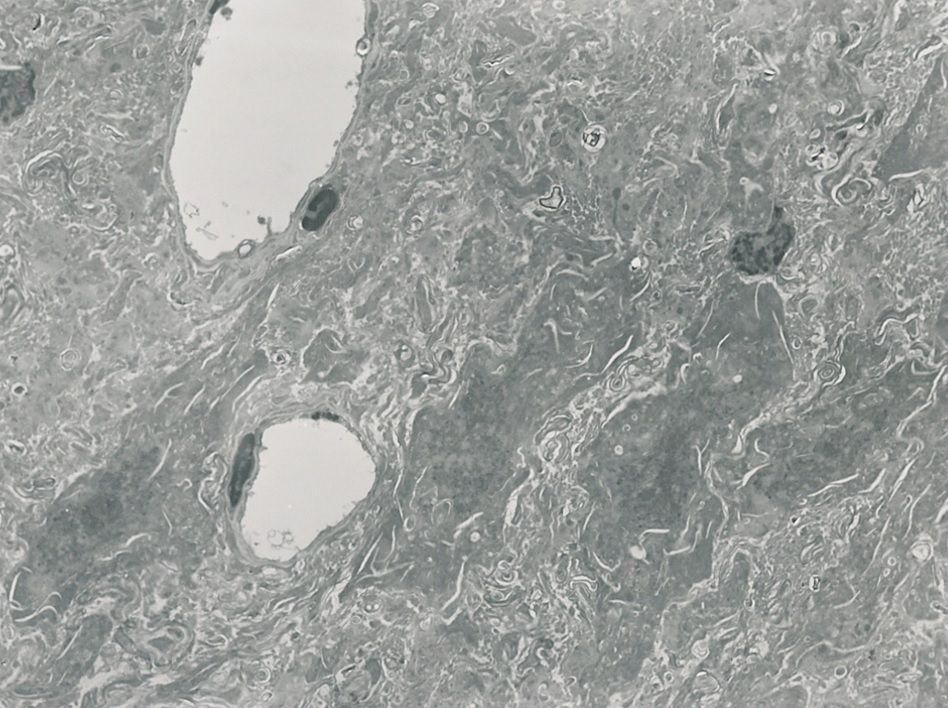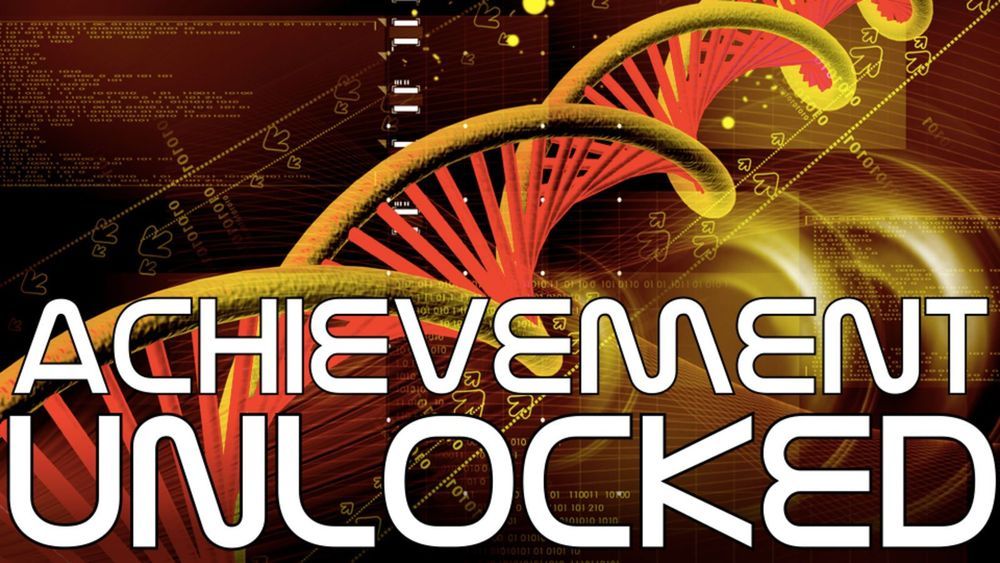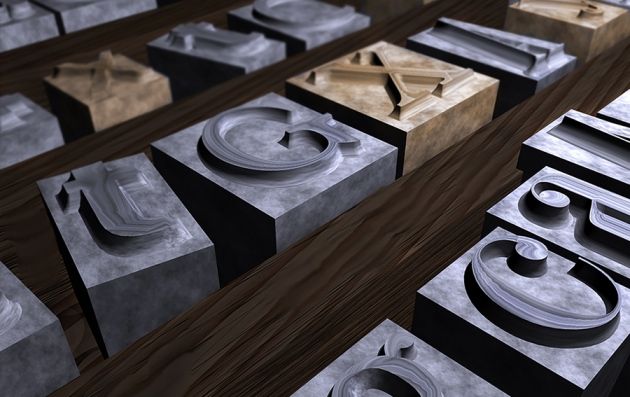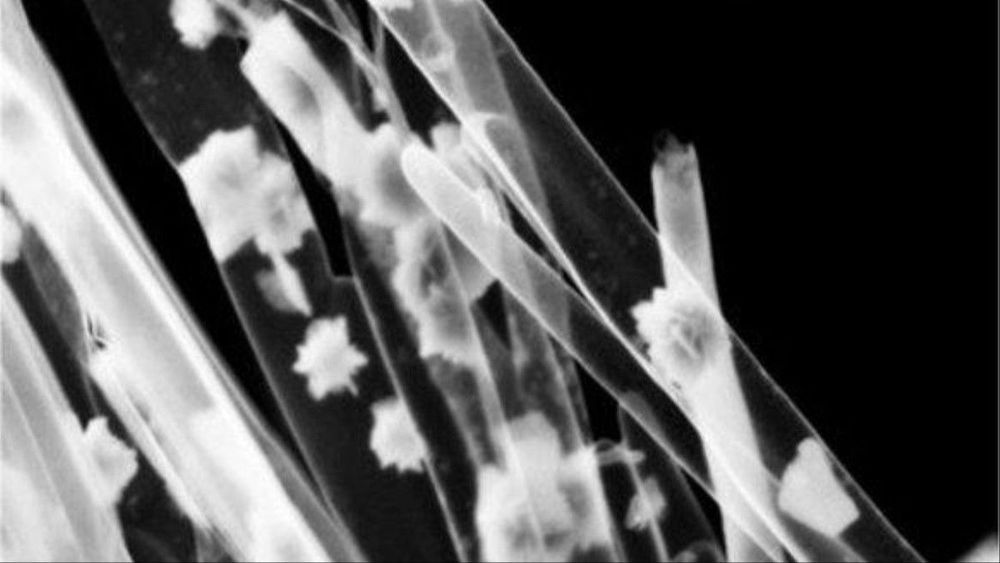
For the first time, scientists have used artificial intelligence to create complex, three-dimensional simulations of the Universe. It’s called the Deep Density Displacement Model, or DM, and it’s so fast and so accurate that the astrophysicists who designed it don’t even know how it does what it does.
What it does is accurately simulate the way gravity shapes the Universe over billions of years. Each simulation takes just 30 milliseconds — compared to the minutes it takes other simulations.
And, even more fascinatingly, DM learnt from the 8,000 training simulations the team fed it — vastly extrapolating from and outperforming them, able to adjust parameters in which it had not even been trained.
